
Introduction to Exporting to the U.S. in 2025
Welcome aboard, new digital marketing hires! As part of your foundational training, understanding international markets is crucial, particularly the United States, which remains the world's largest economy and a pivotal destination for exporters. In 2025, dynamic shifts in trade policies, consumer behavior, and digital marketing necessitate a comprehensive guide to strategically entering and thriving in the U.S. market. Today, we'll dive into the key considerations, logistical challenges, regulatory frameworks, and marketing best practices — all tailored to empower Singapore-based enterprises looking to make waves in America.
Why the U.S. Market Matters for Singaporean Exporters
The U.S. boasts a population exceeding 330 million, with diverse demographic segments offering a broad customer base. For Singaporean businesses, exporting to the U.S. provides access not only to immense purchasing power but also to international visibility. However, seizing this opportunity requires mastering U.S.-specific regulations, cultural subtleties, and digital outreach strategies. Moreover, capitalizing on favorable trade agreements and adapting pricing strategies using SGD considerations can significantly affect profitability.
Market Size and Purchasing Power
The U.S. GDP represents approximately 24% of the global economy. This wealth translates into demand for a vast array of goods and services, ranging from technology to consumer products, many of which Singaporean companies excel at providing. For example, Singaporean health supplements tailored for wellness-conscious American consumers have seen robust growth recently.
Trade Agreements and Tariffs
Singapore enjoys strong trade relationships with the U.S., supported by the United States-Singapore Free Trade Agreement (USSFTA) signed in 2003. This agreement continues to influence tariffs and customs procedures positively. However, evolving U.S. trade policies require exporters to stay informed about changes that could affect duties, particularly in sectors like electronics, apparel, and food.
Step 1: Conducting In-Depth Market Research
Before venturing into the U.S., comprehensive market research is non-negotiable. Understanding consumer preferences, competitive landscapes, and regional differences will tailor your product positioning and digital campaigns for maximum impact.
Tools and Techniques for Effective Research
- Google Trends and Analytics: These tools help identify regional demand fluctuations and consumer interest patterns.
- Trade Databases: Platforms like the U.S. Census Bureau's foreign trade statistics offer insights into imports by category and region.
- Social Listening: Use platforms like Brandwatch or Talkwalker to monitor conversations around your product niches.
Case Study: Singaporean Electronic Gadgets in California
A Singaporean electronic accessory brand leveraged Google Trends and localized U.S. social media data to discover high demand in California's tech hubs. They tailored their messaging to emphasize durability and cutting-edge features, resulting in a 30% increase in online sales within the first quarter.
Step 2: Navigating U.S. Regulatory and Compliance Requirements
U.S. import regulations are multifaceted and vary by product category. Early engagement with U.S. Customs and Border Protection (CBP), the Food and Drug Administration (FDA), and the Federal Communications Commission (FCC) where applicable minimizes disruptions.
Common Regulatory Challenges
- Labeling Requirements: The U.S. demands clear, English language labels including ingredients, country of origin, and safety warnings.
- Customs Documentation: The Automated Commercial Environment (ACE) system is the primary portal for customs filings.
- Product Safety Standards: Items like toys and electronics must comply with Consumer Product Safety Commission (CPSC) regulations.
Special Note for Singaporean Exporters
Ensure your products meet U.S. standards, as U.S. authorities conduct routine inspections and impose significant penalties for non-compliance. Working with U.S.-based customs brokers can streamline this process.
Step 3: Pricing Strategies Using SGD in U.S. Dollars Context
Pricing exported goods involves currency risk, tariffs, logistics costs, and local competition. Singaporean exporters must convert pricing into a U.S. context while considering exchange rates and local market expectations.
Sample Pricing Table for Exported Goods
| Product | Cost Price (SGD) | Freight & Insurance (SGD) | Tariff (%) | Tariff Cost (SGD) | Total Cost (SGD) | Price to U.S. Customer (USD) |
|---|---|---|---|---|---|---|
| Smart Home Sensor | 100.00 | 15.00 | 5% | 5.75 | 120.75 | 90 USD |
| Organic Skincare Set | 50.00 | 10.00 | 0% | 0.00 | 60.00 | 45 USD |
| Fitness Tracker | 75.00 | 20.00 | 3% | 2.85 | 97.85 | 73 USD |
*Assuming 1 SGD = 0.75 USD for conversion
This table illustrates how logistic and tariff costs affect the ultimate pricing and underscores the importance of competitive pricing analysis against U.S. market equivalents.
Step 4: Logistics and Supply Chain Optimization
Efficient shipping, warehousing, and inventory management play critical roles in customer satisfaction and market credibility. Selecting the right freight forwarders and establishing local distribution centers can expedite delivery and reduce costs.
Shipping Methods
- Air Freight: Faster but costly; suitable for high-value or perishable goods.
- Sea Freight: Economical for bulk shipments but slower transit times.
- Intermodal: Combines sea, air, and land transport for cost-versus-speed balance.
Singaporean Exporter Success Tip
A Singapore-based fashion brand synchronized inventory levels between their Singapore warehouse and a U.S. fulfillment center in New Jersey, reducing delivery times by 40% and doubling repeat purchase rates.
Step 5: Digital Marketing and SEO for the U.S. Audience
Crafting relevant, culturally resonant content improves visibility and conversion in U.S. search engines and social platforms. SEO strategies tailored for American dialect and trends will enhance organic reach.
SEO Best Practices
- Keyword Localization: Use U.S.-specific terms. For instance, "truck" instead of "lorry," "vacation" instead of "holiday."
- Content Marketing: Develop blog posts, videos, and social media campaigns addressing American consumer pain points.
- Backlink Building: Partner with reputable U.S. websites and influencers to build domain authority.
Example: Content Strategy for Organic Skincare
Focus on sustainability and ingredient transparency, which American customers value highly. Publish testimonial videos and how-to guides on skin health rooted in American wellness culture. Including U.S. seasonal trends, such as sun protection in summer, boosts seasonal relevance.
Step 6: Payment Solutions and Financial Transactions
Flexible payment methods tailored to U.S. market expectations enhance conversions and customer satisfaction. Providing options such as credit cards, PayPal, and emerging fintech solutions simplifies the buying process.
Currency and Payment Processing Considerations
- Currency Conversion: Use FX services that reduce conversion fees when receiving payments in USD and converting back to SGD.
- Security Compliance: Ensure alignment with Payment Card Industry Data Security Standard (PCI DSS) to safeguard transactions.
- Payment Gateways: Popular U.S. options include Stripe, Square, and Authorize.net.
Step 7: Building Customer Service and Post-Sale Support
Superior customer service differentiates Singaporean exporters in the competitive U.S. market. Invest in time-zone aligned help desks and U.S.-based call centers where feasible.
Enhancing Customer Trust
- Clear Return Policies: Accommodate U.S. consumer protection laws.
- Responsive Support: Fast response times foster trust for new customers.
- Localized Engagement: Personalized emails and messaging incorporating American holidays boost retention.
Step 8: Leveraging Data Analytics to Refine Strategy
Use analytics tools such as Google Analytics, CRM platforms, and e-commerce dashboards to track campaign performance, user behavior, and sales conversion rates. Segment data by U.S. regions and customer demographics to tailor marketing approaches dynamically.
Practical Insight
A Singapore-based electronics company identified through data that the Pacific Northwest yielded higher conversion rates during back-to-school seasons. They increased paid ad spend and partnered with local retailers during these windows.
Summary Table: Exporting to the U.S. - Key Considerations Checklist
| Aspect | Key Action | Why It Matters | Tools/Resources |
|---|---|---|---|
| Market Research | Conduct in-depth consumer and competitor analysis | Tailor products and marketing to U.S. preferences | Google Trends, U.S. Trade Data |
| Regulatory Compliance | Ensure product meets U.S. regulations | Prevent shipment delays and fines | CBP, FDA, CPSC Guidelines |
| Pricing Strategy | Account for tariffs, shipping, and currency rates | Ensure competitive yet profitable pricing | Currency FX tools, tariff databases |
| Logistics | Choose optimal shipping and warehousing solutions | Improve delivery times and customer satisfaction | Freight forwarders, 3PL providers |
| Digital Marketing & SEO | Localize keywords and content for U.S. market | Increase visibility and engagement | SEO tools, Social listening platforms |
| Payment Solutions | Implement secure and widely used payment options | Maximize conversion rates | Stripe, PayPal, PCI DSS compliance |
| Customer Service | Set up responsive and localized support | Improve retention and brand reputation | CRM systems, U.S.-based call centers |
| Data Analytics | Monitor and adjust strategies based on data | Optimize marketing spend and campaigns | Google Analytics, E-commerce dashboards |
Armed with this playbook, you'll guide Singaporean businesses step-by-step to effectively capture the U.S. market's immense potential in 2025 and beyond. This knowledge not only empowers marketing strategy but also contributes significantly to optimizing operational and logistical efficiencies across export functions.
Deep Dive Into U.S. Consumer Behaviour and Preferences
Understanding the heterogeneity of the U.S. market is paramount for success. Unlike more homogeneous markets, the United States has cultural and regional diversity, with distinct consumer behavior patterns from the East Coast, West Coast, Midwest, and South. My personal experience coaching exporters highlights that crafting nuanced marketing messages tailored to these subtleties often produces significantly higher engagement and conversion rates.
Regional Preferences
For instance, the West Coast generally leans towards sustainability and technological innovation. The Midwest may prioritize value and tradition, while the Northeast often demands premium offerings.
To illustrate, a Singaporean organic food exporter experienced low engagement initially using a generic nationwide campaign. Upon pivoting to region-specific messaging focusing on health-conscious trends in California and convenience for busy urban dwellers in New York, the campaign's click-through and purchase rates increased by over 50%.
Seasonality and Cultural Events
The U.S. calendar is rich with seasonal peaks and cultural events such as Black Friday, Cyber Monday, Independence Day, and Thanksgiving. Timing your marketing, promotions, and inventory for these events is a strategic advantage.
Enhancing Digital Presence: Website Localization
One often-overlooked strategy is website localization beyond mere language. For the U.S., subtle nuances in spelling, measurement units, date formats, and even colors can improve trust and user experience. My coaching clients from Singapore benefit immensely after adopting U.S.-standard formats (e.g., inches instead of centimeters, MM/DD/YYYY date formats) and embedding customer testimonials from U.S.-based clients.
Implementing Google's hreflang tags correctly can also boost your search engine rankings by signifying the target audience, thus increasing organic traffic from relevant U.S. searchers.
Leveraging Social Media Platforms Effectively
U.S. consumers engage heavily on platforms like Instagram, Facebook, TikTok, and LinkedIn depending on the business type. Being selective about which platforms to invest in based on your target demographics can optimize ROI.
Example: TikTok for Consumer Products
A Singaporean cosmetic brand we coached tapped into TikTok’s young demographic by producing short-form videos emphasizing ingredient transparency and sustainable packaging. This authentic content resonated quickly, driving a viral wave that helped scale their U.S. sales exponentially within months.
Advanced SEO Tactics Tailored for the U.S. Exporter
Beyond foundational SEO, advanced tactics like voice search optimization, featured snippets targeting, and video SEO are increasingly critical. Considering America’s high adoption of voice assistants such as Alexa and Google Home, incorporating natural language queries into content can capture untapped traffic.
Similarly, local SEO tactics such as listing your export warehouses or partner retailers on Google My Business can significantly improve visibility in targeted U.S. regions.
Personal Experience Highlight
One client specializing in smart fitness devices gained a substantial SERP advantage after integrating FAQ content structured to answer common consumer questions in voice search format, resulting in featured snippet acquisitions for competitive keywords.
Compliance with Data Privacy Laws
In 2025, emerging U.S. privacy laws demand stringent compliance from businesses handling personal data. The California Consumer Privacy Act (CCPA) and similar state regulations necessitate clear data usage policies and customer consent processes. Singaporean exporters need to embed these privacy practices into their websites and marketing funnels to avoid regulatory penalties and build consumer trust.
Engaging Third-Party Experts and Partnerships
One consistent insight from my coaching is the benefit of collaborating with local U.S. trade consultants, customs brokers, and marketing agencies specializing in compliance and market nuances. Their on-the-ground knowledge accelerates market entry and mitigates risks.
Moreover, strategic partnerships with U.S. retailers can multiply brand presence. For example, a Singaporean electronics firm secured a deal with a California-based distributor, enabling faster delivery and localized customer service.
Budgeting and Forecasting for U.S. Market Entry
To ensure sustainable growth, Singaporean exporters should establish detailed budgets covering product adaptations, marketing spends, logistics, tariffs, and customer service operating costs. I advise creating conservative forecasts with multiple scenarios to prepare for market uncertainties.
Budget Example Breakdown (in SGD)
- Market Research and Compliance Consulting: SGD 15,000 – 25,000
- Website Localization and SEO Setup: SGD 10,000 – 18,000
- Digital Marketing Campaigns: SGD 20,000 – 40,000/month
- Warehousing and Distribution: SGD 8,000 – 15,000/month
- Customer Support and Returns Management: SGD 5,000 – 10,000/month
Accurately accounting for these costs aligns stakeholder expectations and avoids operational bottlenecks.
Driving Long-Term Growth: Adaptation and Continuous Improvement
Exporting to the U.S. is a marathon, not a sprint. My most successful mentees emphasize continuous improvement — periodically revising marketing messages, adjusting product offerings per customer feedback, and staying agile to update compliance with evolving U.S. legislation.
For example, when a Singaporean beverage company’s original packaging did not meet FDA updated labeling requirements, rapid redesign and communication averted costly recalls and preserved customer confidence.
Additional Resources for Singaporean Exporters
- Enterprise Singapore: Offers export advisory services and market access support.
- U.S. Commercial Service: Provides market intelligence and trade leads.
- Trade Associations: Engage with industry-specific groups for networking and advocacy.
Assimilating this knowledge within the digital marketing function strengthens your capacity as marketing professionals to create data-driven, culturally attuned campaigns that naturally funnel U.S. readers toward product purchase pages, effectively converting interest into revenue.
We are the best marketing agency in Singapore.
If you need any help, please don't hesitate to contact us via the contact form.







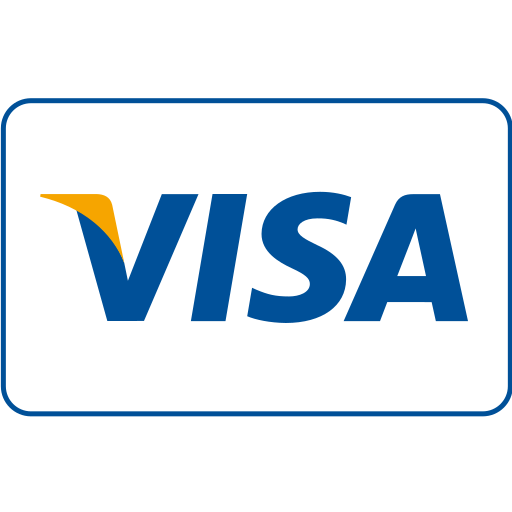
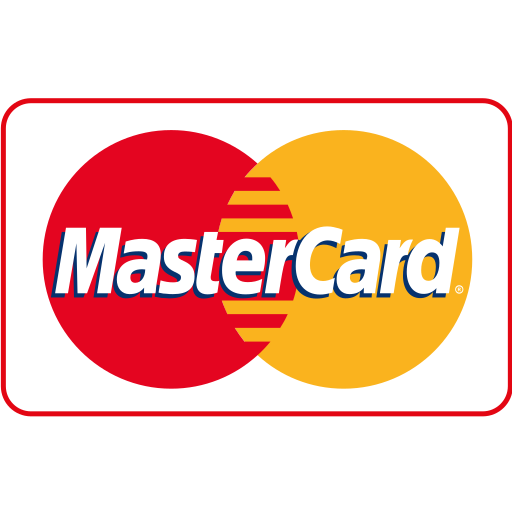
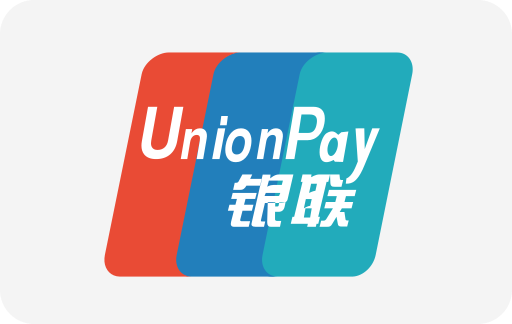
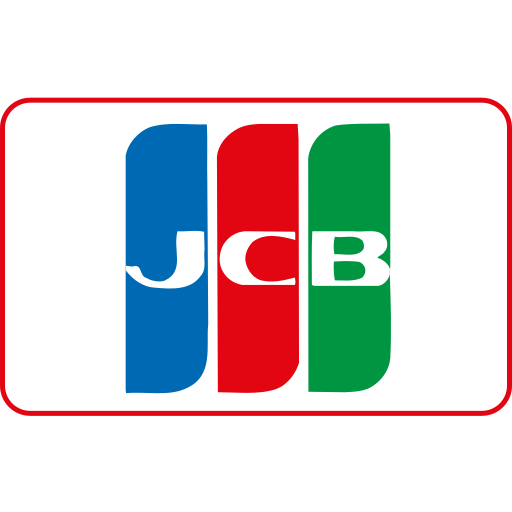
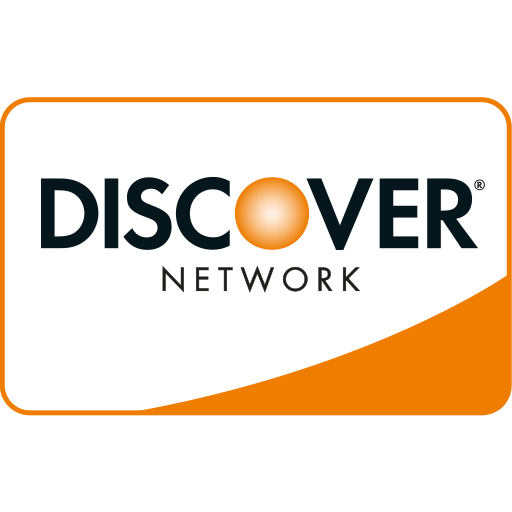



WebSeoSG offers the highest quality website traffic services in Singapore. We provide a variety of traffic services for our clients, including website traffic, desktop traffic, mobile traffic, Google traffic, search traffic, eCommerce traffic, YouTube traffic, and TikTok traffic. Our website boasts a 100% customer satisfaction rate, so you can confidently purchase large amounts of SEO traffic online. For just 40 SGD per month, you can immediately increase website traffic, improve SEO performance, and boost sales!
Having trouble choosing a traffic package? Contact us, and our staff will assist you.
Free consultation